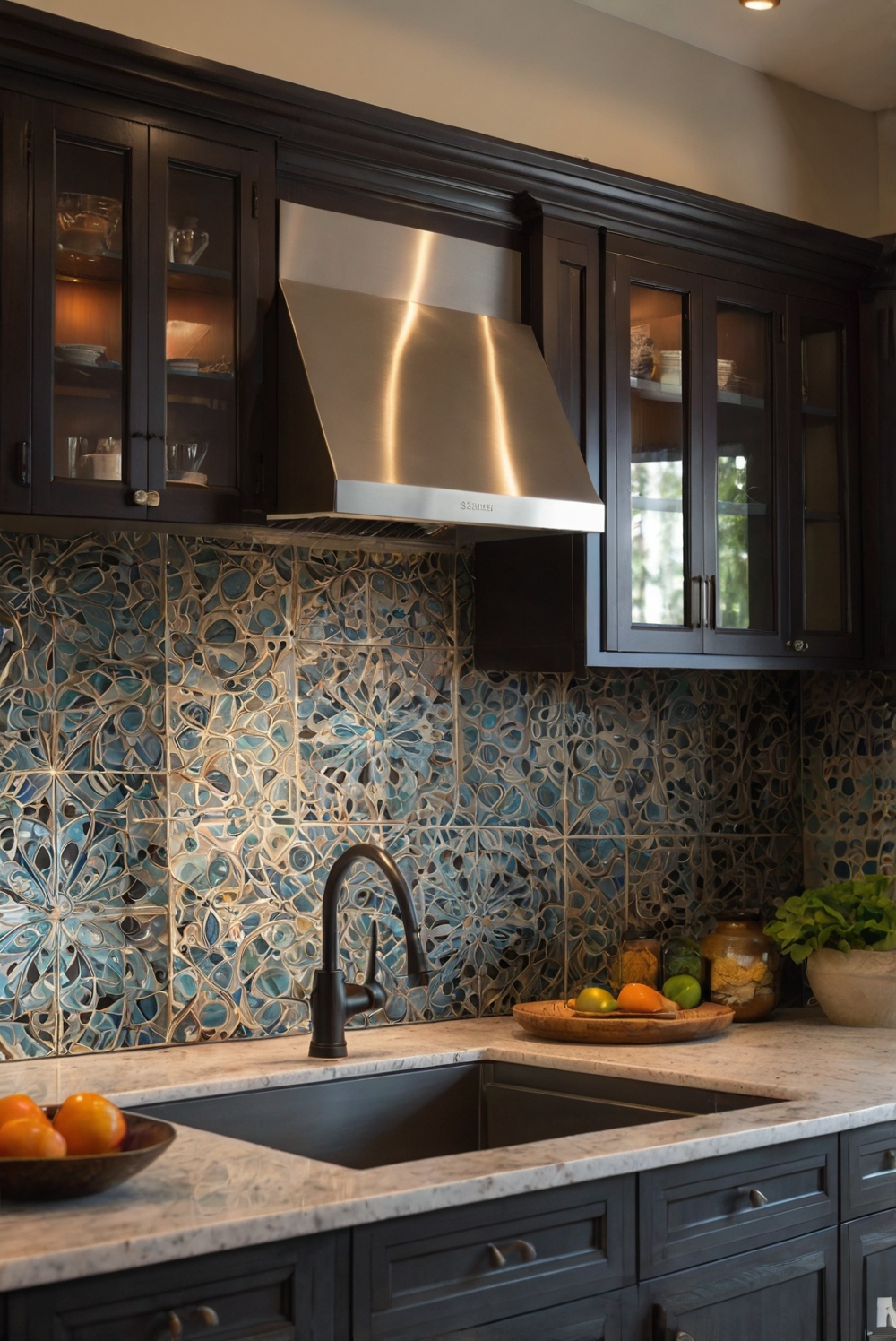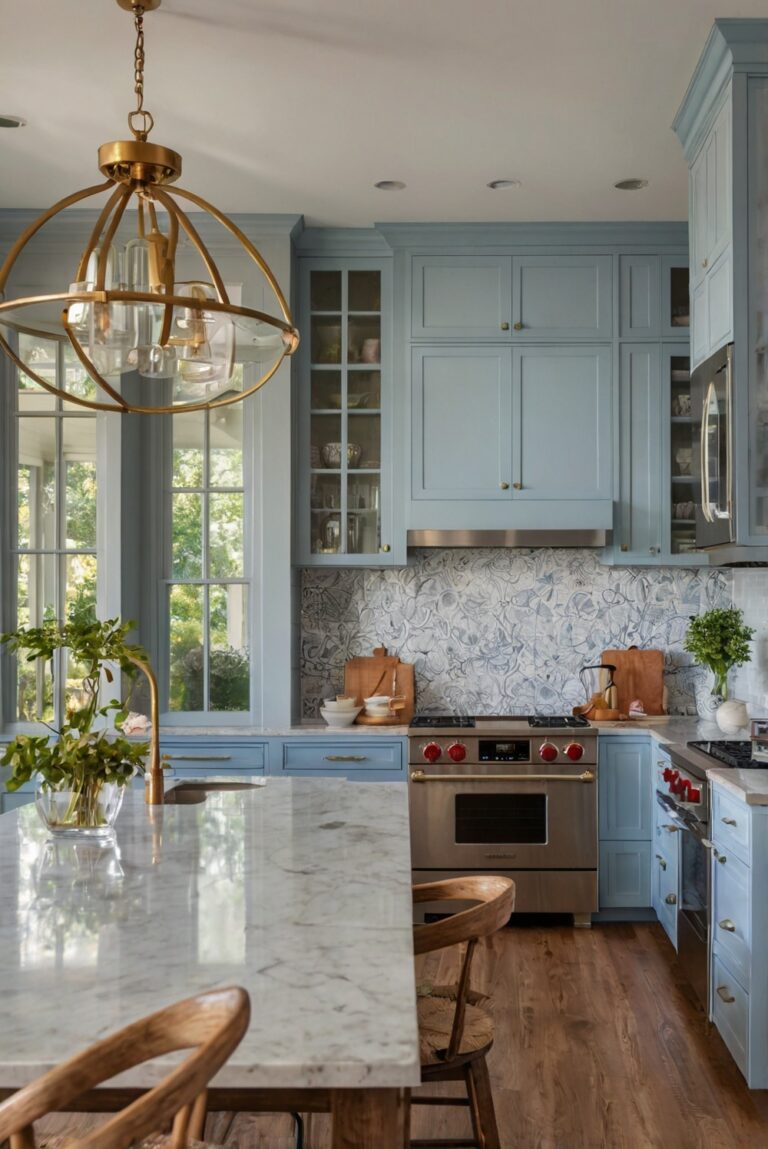In this daily routine, interior designers reveal tips for choosing the perfect cabinet depth for your kitchen. Learn how to optimize space and functionality effortlessly.
How do you select the right cabinet depth for your kitchen?
In home decorating, the key to selecting the right cabinet depth for your kitchen lies in space planning and interior design considerations. When deciding on the cabinet depth, consider the functionality of the kitchen, the layout, and how much storage space you need. It’s important to consult with designers familiar with kitchen designs to ensure the cabinets are both aesthetically pleasing and practical. Additionally, color matching painting and selecting the right paint color for the kitchen walls can enhance the overall design. Prioritize interior bedroom design and living room interior aesthetics when making these decisions.
When selecting the right cabinet depth for your kitchen, it is crucial to consider the following:
1. Space and Layout: Evaluate the available space in your kitchen and the layout of your cabinets. Measure the depth of the area where the cabinets will be installed to ensure a proper fit.
2. Functionality: Consider how you will be using the cabinets. If you need extra storage space or have specific items to store, you may require deeper cabinets.
3. Appliance Sizes: Take into account the size of your kitchen appliances such as refrigerators, ovens, and dishwashers. Ensure that the cabinet depth accommodates these appliances.
Factors to consider when determining the right cabinet depth:
4. Standard Cabinet Depth: The standard depth for kitchen cabinets is 24 inches. However, custom cabinets can vary in depth based on your specific needs and preferences.
5. Adjustable Shelving: Opt for cabinets with adjustable shelves to customize the storage space based on your requirements. This flexibility can be useful for organizing different types of items.
When selecting the right cabinet depth for your kitchen, it is essential to assess your space, functionality needs, and appliance sizes. By considering these factors and opting for adjustable shelving, you can ensure that your cabinets are both practical and tailored to your specific requirements.
1. What factors should I consider when selecting the right cabinet depth for my kitchen?
When selecting the right cabinet depth for your kitchen, you should consider the size of your kitchen, the layout of your appliances, and your storage needs. It’s crucial to measure the available space accurately to ensure the cabinets fit properly. Additionally, consider the standard cabinet depths available in the market, which typically range from 12 to 24 inches. If you have larger kitchen appliances or require more storage space, opting for deeper cabinets may be necessary. Customizing cabinet depths to accommodate specific needs is also an option worth exploring.
2. How can I maximize storage space while selecting the right cabinet depth for my kitchen?
To maximize storage space while selecting the right cabinet depth for your kitchen, consider incorporating pull-out shelves, drawer organizers, and vertical dividers. These accessories can help utilize the depth of the cabinets effectively and make it easier to access items stored at the back. Additionally, opting for cabinets with adjustable shelves allows you to customize the storage space according to your needs. Utilizing the full height of the cabinets by installing taller units can also increase storage capacity without compromising on the available depth.
3. Are there any standard measurements or guidelines to follow when selecting the right cabinet depth for a kitchen?
While there are standard measurements for cabinet depths, such as 12, 15, 18, and 24 inches, it’s essential to consider your specific requirements when selecting the right cabinet depth for your kitchen. Standard base cabinets typically have a depth of 24 inches, while wall cabinets range from 12 to 24 inches. However, customizing the cabinet depth to accommodate your appliances, storage needs, and kitchen layout is recommended. Consulting with a professional designer or contractor can help determine the ideal cabinet depth based on your individual preferences and kitchen layout.
4. Should I prioritize aesthetics or functionality when selecting the right cabinet depth for my kitchen?
When selecting the right cabinet depth for your kitchen, it’s essential to strike a balance between aesthetics and functionality. While deep cabinets offer more storage space, they can make it challenging to reach items stored at the back. Opting for a mix of cabinet depths, such as incorporating shallow cabinets for everyday items and deeper cabinets for larger storage needs, can ensure a practical and visually appealing kitchen design. Consider the overall style of your kitchen, the available space, and your storage requirements when deciding on the cabinet depth to achieve a harmonious balance between aesthetics and functionality.
5. What are some common mistakes to avoid when selecting the right cabinet depth for a kitchen?
When selecting the right cabinet depth for your kitchen, it’s crucial to avoid common mistakes that can impact the functionality and aesthetics of the space. One common mistake is not considering the depth of your appliances, which can lead to cabinets that are either too shallow or too deep. Another mistake is overlooking the need for sufficient clearance space around the cabinets to ensure smooth operation of doors and drawers. Additionally, failing to account for the ergonomic factors, such as the height of the users, can result in cabinets that are either too high or too low for comfortable access. To avoid these mistakes, carefully plan and measure the cabinet depths based on your specific requirements and kitchen layout.







